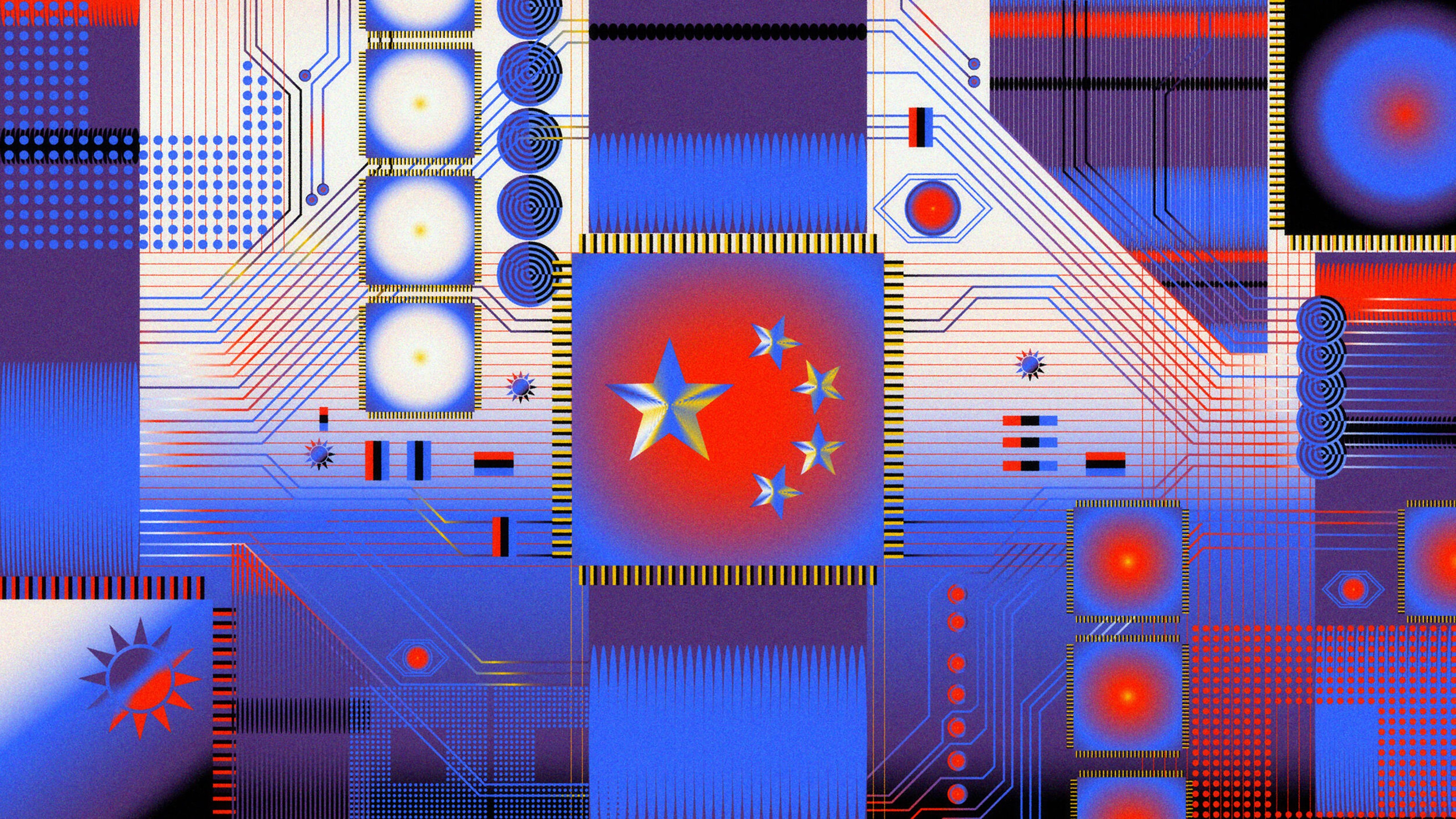Are Humans Earth’s Best Chance To Become A Spacefaring Civilization?

We’re Earth’s first intelligent, technologically advanced civilization. But maybe not the last.
For most of our planet’s history, life in some form has existed on our world. Planet Earth formed some 4.5 billion years ago in the infancy of our Solar System, and life surely took hold on our world not long after. The oldest surviving fossils go back 3.8 billion years, with carbon-based inclusions in rock — arguably originating from Earth’s earliest life forms — dating back more than 4 billion years. Life has transformed our planet’s atmosphere while surviving, thriving, and becoming complex and differentiated.
Just over half-a-billion years ago, the Cambrian explosion occurred, giving rise to a wide variety of megafaunal animals whose descendants have persisted on our world ever since. During all that time, only human beings, which evolved just a few hundred thousand years ago, became a technologically advanced civilization. In the 20th century, we finally reached space, and now have the capacity to begin reaching for the stars. But are human beings the Earth’s best chance to become a spacefaring planet? Or will another civilization after we’re gone be better equipped for that challenge? Although we frequently assume we’re Earth’s best (and only) opportunity, that assumption may be incorrect. Here’s why.
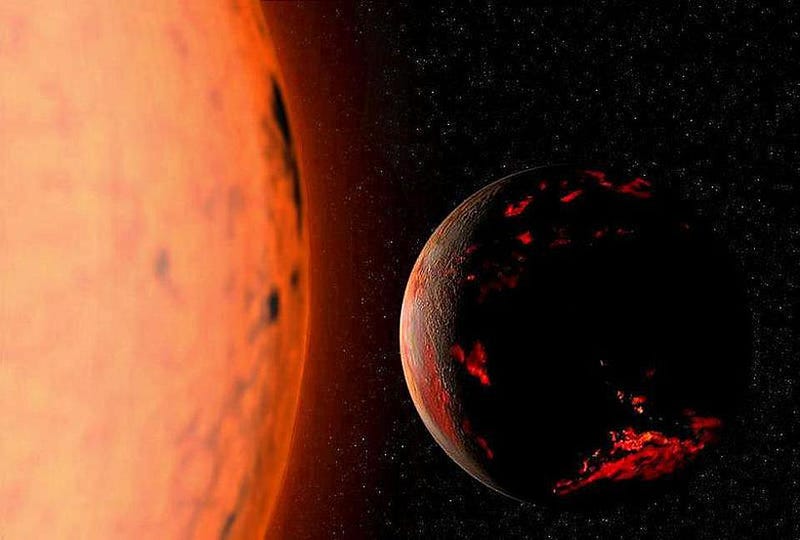
1.) Earth has lots of time left. When we talk about the future history of our Solar System, we often focus on the bleak parts. Billions of years from now, our Sun will expand into a red giant, swallowing Mercury, Venus, and quite possibly the Earth as well. It will become thousands of times as luminous, stripping off the entirety of Earth’s atmosphere. Long before that happens — it’s even occurring today — the Sun gradually increases its energy output as it uses up the nuclear fuel in its core. After another billion years or so (maybe two billion, at the most), it will heat up our planet so severely that our oceans will boil.
That might seem like a relatively short timespan, particularly when you think of the fact that it took ~4.5 billion years for humans to arise on Earth. If we, the first (and so far, only) technologically advanced species to originate here, took all that time, and there’s only 1 or 2 billion years left, how could we possibly expect another one to come after us?

But this misses the point about evolution and life’s complexity: it’s actually increasing over time. The organisms that are alive today are far more genetically complex than the ones that were around even a few hundred million years ago. There is more genetic information contained in a strawberry plant then there was in any species that existed during the Cambrian explosion, and human beings are nothing exceptional in terms of the amount of information encoded in our DNA.
Other living creatures, even today, share many of the same traits that we associate with advanced intelligence: tool use, advanced problems-solving capabilities, large-scale cooperation, etc. Other great apes, dolphins, and many species of bird all exhibit these traits. There is no reason to believe that if (or when) humans go extinct, that Earth won’t get another chance. If we came into being after just half-a-billion years of complex animals on our world, what marvels might the next billion years bring on Earth?
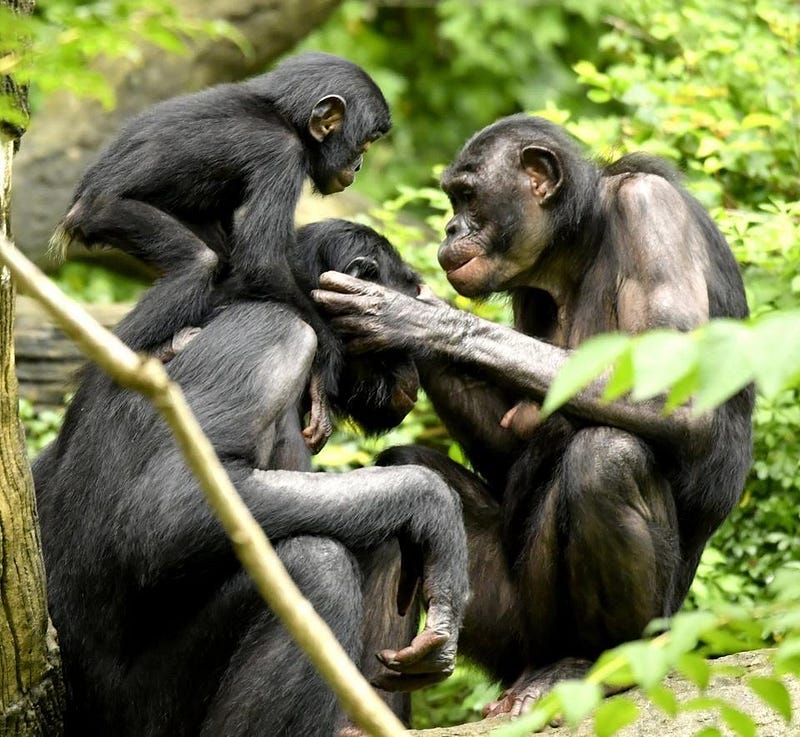
2.) Traits like intelligence and cooperation can be evolutionary advantages. Don’t you often find yourself wishing that human beings were both more intelligent, capable of seeing through the ruses and schemes of others, and more cooperative, looking to aid and assist one another to promote the common good, than we actually are? These traits were actually selected for over the evolutionary history that gave rise to us. Given that mutation is a random process and that the mechanism of natural selection is always in play, there’s no reason to think that another species down the road won’t take a similar path.
Here’s a story that might illustrate how this is favored. Millions of years ago, our distant ancestors faced a food shortage for the population, as the overwhelming majority of the available food was difficult to access: in the form of a tough-to-crack nut. Those who couldn’t access the food died off, but those who could survived. Who could successfully crack those nuts and access those foods? Perhaps surprisingly, there were two populations of our ancestors that managed to do it, and we can find evidence of this in the fossil record.
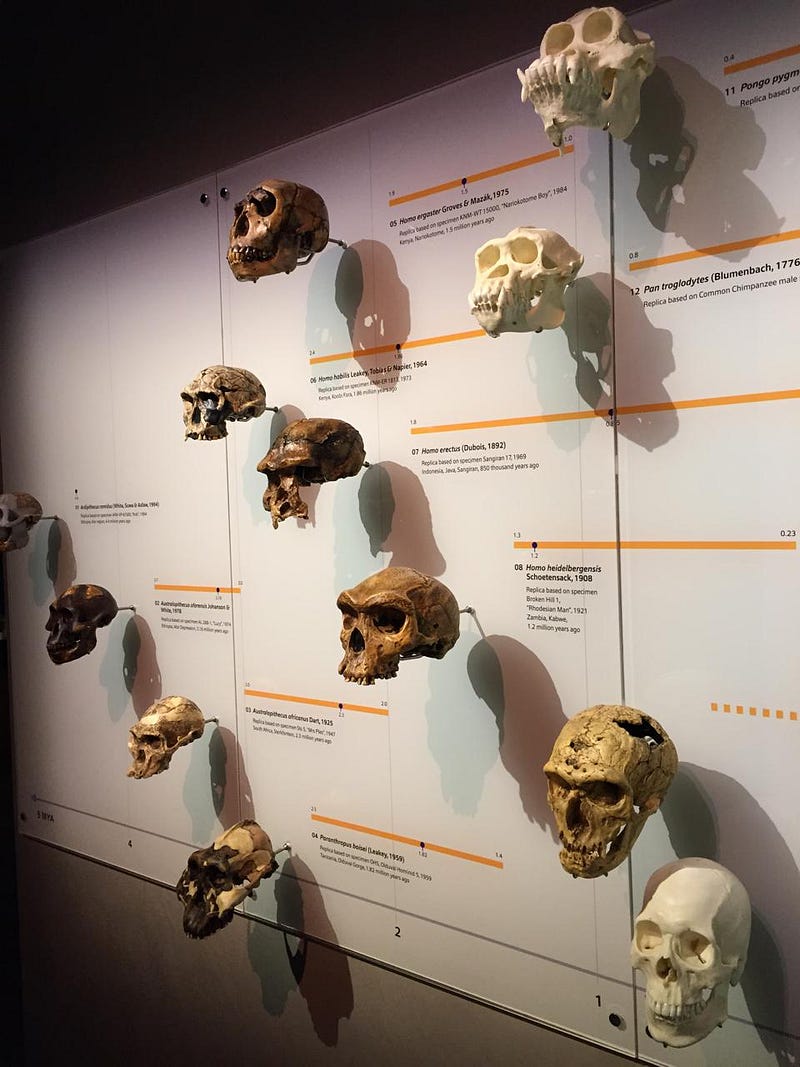
One successful population developed stronger jaws, enabling them to use their teeth to crack the nuts directly. Being able to access the food, they survived and persisted. But a second population, perhaps paradoxically, possessed smaller, weaker jaws than average. However, this novel configuration of the skull allowed for larger, more intelligent brains; they were able to use primitive tools to crack the nuts open, accessing the food inside. For a time, both populations survived, feasting on the available food source.
At some point down the road, another selection pressure — one that’s still unknown to us — arose, and both populations had to contend with the new crisis as best they could. The strong-jawed population was unsuccessful this time, and died off. The small-jawed but large-brained population, on the other hand, survived. Under the right circumstances, intelligence and cooperativeness can be significantly advantageous traits. As Dr. Leon Megginson said, paraphrasing Charles Darwin:
“According to Darwin’s Origin of Species, ‘it is not the most intellectual of the species that survives; it is not the strongest that survives; but the species that survives is the one that is able best to adapt and adjust to the changing environment in which it finds itself.’”
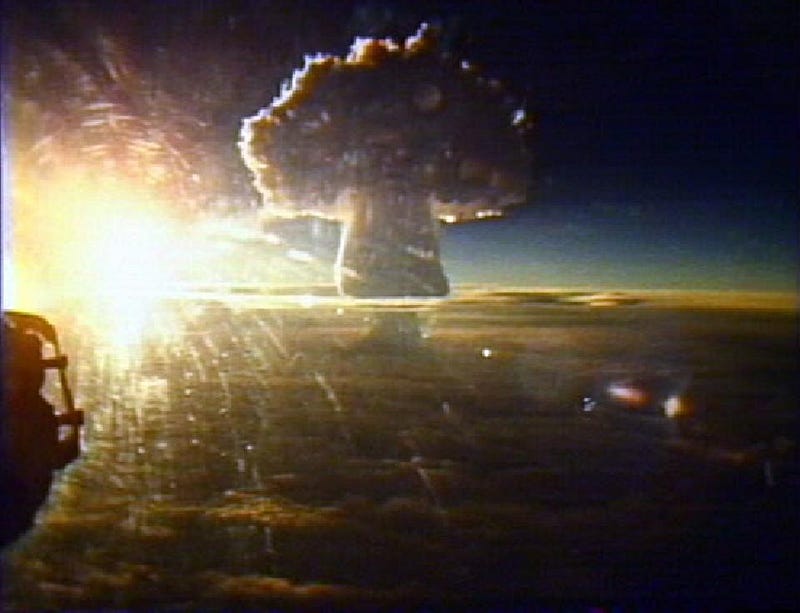
3.) This millennium will be critical for determining our long-term fate. What will the future hold for humanity? Will we succumb to nuclear war? Will we continue to plunder and pillage our planet until the point where it’s rendered inhospitable for us? Will we — as some contend — drive ourselves to extinction in only a few hundred years? Or will we fail to prepare to shield ourselves from the inevitable cosmic collision from a comet or asteroid, perhaps repeating history from 65 million years ago?
All of these are real possibilities, as humanity as a whole has displayed an alarmingly low overall interest in the long-term future of our species. Climate change, global warming, and ocean acidification all continue unabated as our global emissions achieve record-high levels. Social and economic inequality and injustice remain among the predominant local, national, and global issues of our time. And even though an object that’s dozens of times more energetic than the behemoth that wiped out the dinosaurs may threaten Earth as soon as 4479, we continue to do remarkably little to address this existential threat.
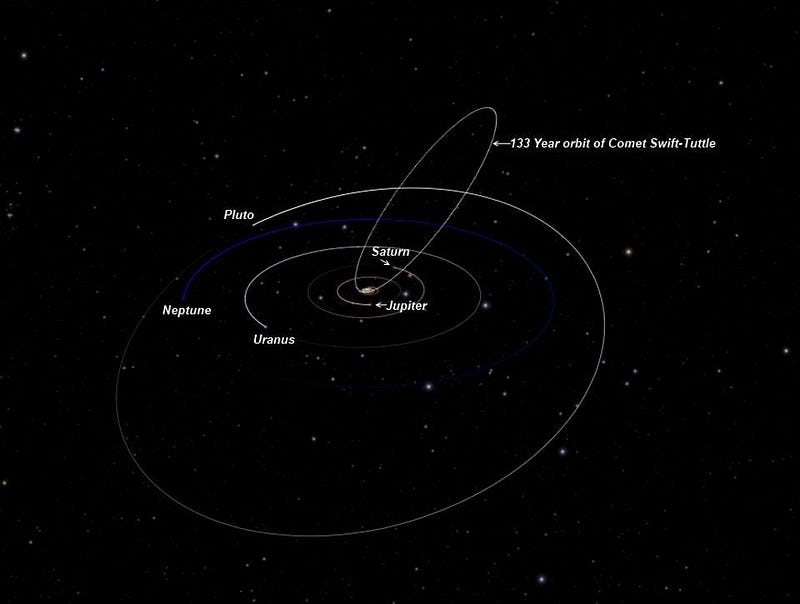
While there are many ways that humanity could meet our demise in the relatively near future, there are also reasons to be optimistic. All of the aforementioned issues are contentious in our society today precisely because the stakes are so high: the future of humanity and our capacity to survive and thrive conflicts with the prevailing power structures of today. We live neither in a utopia nor in a complete dystopia; we are somewhere in between, and our ultimate fate is yet to be decided.
There are significant long-term problems and concerns facing us, and if we can responsibly and sustainably address them, our future could be incredibly bright. Scientific and technological breakthroughs could help us navigate through these problems, especially if it’s coupled with successful social action. However, it’s arguable that another species, still to arise on Earth, may be even better suited to tackling these crises. If we are unsuccessful, there may yet be another chance (or set of chances) for Earth.

4.) Will we leave enough raw materials left for future civilizations to be successful? If we were to fast forward millions of years into the future — assuming humanity does go extinct in the next few thousand years — what would we find? The materials we’ve extracted from the Earth and built our civilization out of would all be returned to the Earth in some form, and every structure we’ve constructed would have decayed.
Fossilized bones would still provide evidence that we were here: organized cemetery plots with billions of human remains, along with enormous populations of thick-boned (to support meat growth) cattle, pig, and chicken skeletons, would attest to our one-time presence. And in space, many of our most distant satellites would still persist: objects in geosynchronous or geostationary orbits should last as long as our planet will.
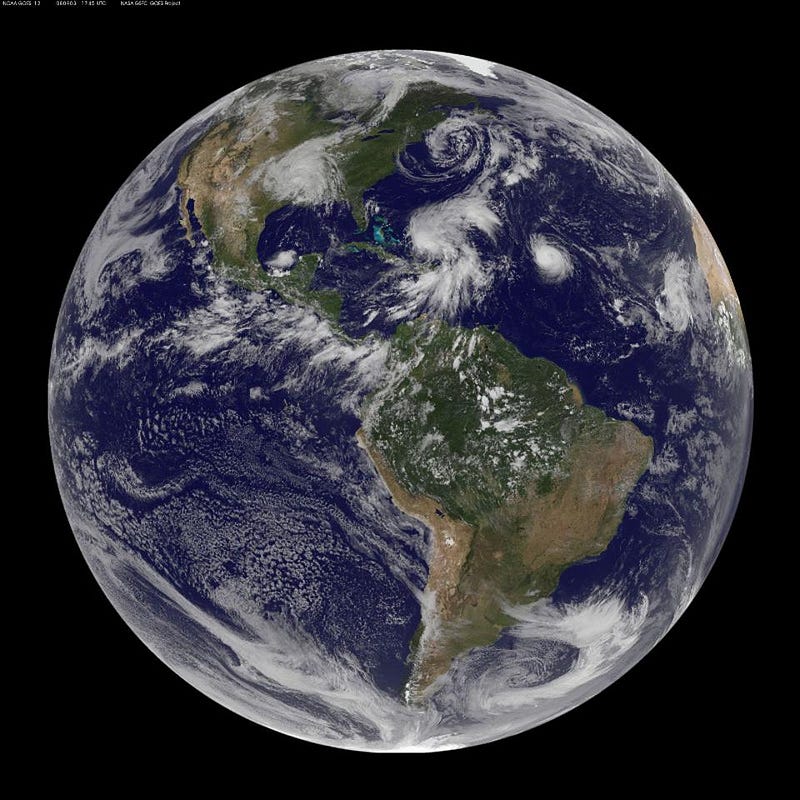
But much of what we’ve used will not replenish itself in that time. Elements that we’ve mined and transmuted will be gone; we could use up the entire crust’s supply of fissile Uranium, for example. Earth’s natural subterranean stores of helium will likely be depleted, and we may yet use up all of the stored oil and coal beneath our planet’s surface. Every element and compound that we use and either destroy or send off-world (even accidentally, as in the case of helium) will no longer be available to future civilizations on Earth.
This might pose a difficulty not only for future civilizations, but already for our own. As we squander our natural resources, they simply become scarce; no replacement source is readily or easily available. Helium, in particular, has a myriad of applications, from cryogenic cooling to MRI machines, and is only available because of underground radioactive decays that have occurred over hundreds of millions of years. Once we extract all of it, other than the minuscule trace amounts found in our atmosphere (or the negligible amounts we might create through nuclear fusion), that will be the end of helium on Earth.

A number of facts about life and intelligence on Earth so far are indisputable: humans are the first and only technologically advanced civilization ever to yet arise on our planet. Although it took 4.5 billion years of evolution to bring us about, it’s been a mere half-a-billion years since the Cambrian explosion, and we have another billion or two years of similarly life-friendly conditions to look forward to. While we have launched a total of five uncrewed spacecraft out of our Solar System, we have not yet attained the capacity of becoming a truly spacefaring civilization.
We frequently assume that if we don’t make it, that’s the end of Earth’s one and only opportunity. But the reality of the situation is that the rich and diverse tree of life that’s out there may not only produce another chance for a technologically advanced, spacefaring civilization, but one that is arguably better suited for addressing the problems that our technological infancy brings along with it. We’ll never be around to see how things turn out, of course. It’s up to all of us, individually and collectively, to give the human endeavor everything we’ve got to promote our best chances for long-term success.
Starts With A Bang is written by Ethan Siegel, Ph.D., author of Beyond The Galaxy, and Treknology: The Science of Star Trek from Tricorders to Warp Drive.



